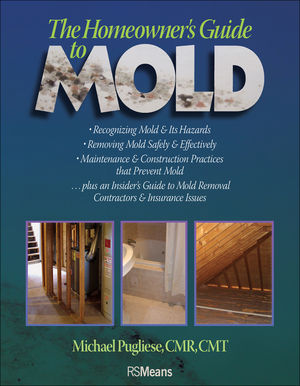
Are you concerned about mold in your home? Learn all about mold testing for homeowners in our latest blog post. Discover the importance of testing for mold and how it can help you maintain a healthy indoor environment.
Key Steps to Proper Mold Testing for Homeowners
Key Steps to Proper Mold Testing for Homeowners
When conducting mold testing in your home, it is crucial to follow these key steps to ensure accurate results.
1. Identify the Problem Areas: Begin by determining where the mold growth is most prevalent in your home. This will help target your testing efforts.
2. Choose the Right Testing Method: There are a variety of testing methods available, including air testing, surface testing, and bulk testing. Select the method that best suits your needs.
3. Use Proper Equipment: Make sure you have the necessary equipment for collecting samples, such as gloves, masks, and sterile swabs.
4. Follow Sampling Protocols: Adhere to proper sampling protocols to avoid contaminating the samples and ensure accurate results.
5. Send Samples to a Certified Laboratory: Send your samples to a certified laboratory for analysis by professionals trained in mold detection.
6. Interpret Results Correctly: Understanding the results of your mold testing is essential. Consult with experts if needed to interpret the findings accurately.
By following these key steps, you can effectively conduct mold testing in your home and take appropriate action to address any mold issues that may be present.
Frequently Asked Questions
What is mold testing and why is it important for homeowners?
Mold testing is the process of inspecting indoor air or surface samples for the presence of mold spores. It is important for homeowners to identify mold issues early on in order to prevent health risks and structural damage to their property.
How can homeowners perform mold testing on their own?
Homeowners can perform mold testing on their own by using mold test kits that are readily available for purchase. These kits typically include instructions on how to collect samples and send them to a laboratory for analysis.
When should homeowners consider professional mold testing services?
Homeowners should consider professional mold testing services when they suspect a mold infestation but are unable to identify the source or extent of the problem on their own.
What are the common methods used for mold testing in residential properties?
The common methods used for mold testing in residential properties include air sampling, surface sampling, and bulk sampling.
How much does mold testing typically cost for homeowners?
The cost of mold testing for homeowners typically varies depending on the size of the property and the number of samples taken, but it can range from $250 to $750 on average.
In conclusion, mold testing is a crucial step for homeowners to ensure their living spaces are free from harmful mold growth. By conducting regular testing and seeking professional help when needed, homeowners can protect their health and property from the damaging effects of mold. Remember, prevention is key when it comes to mold issues, so don’t hesitate to test for mold regularly and take proactive steps to address any problems that may arise. Stay informed, stay safe, and enjoy a mold-free environment in your home.
![]()